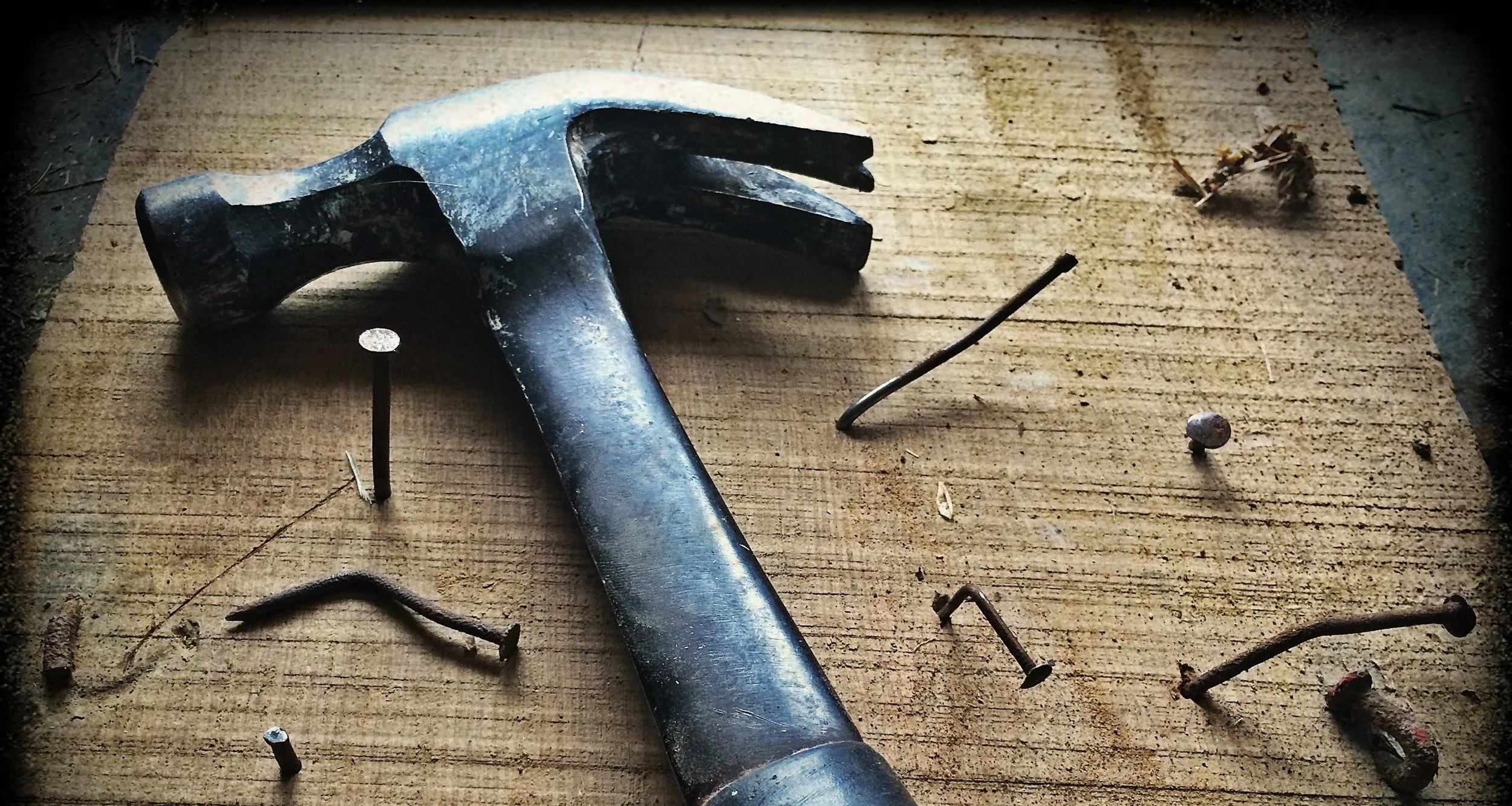by Helaina Balcanoff
Deconstruction. A term rarely talked about or even heard of in the building, construction, and architecture industries. Usually mentioned in discussions surrounding a building’s demise, deconstruction is much more than knocking down a building; it is the process of taking it apart piece by piece, reclaiming the materials for later use. The National Association of Home Builders (NAHB) defines deconstruction* as “a purposeful dismantling of a building with the intention to salvage as much of the materials as possible.”
Unlike standard demolition, which can be completed in as little as a few days, deconstruction can take up to 3 months depending on the size and scope of the project at hand. But what’s notable is that this method offers greater environmental benefits like diverting waste from our landfills, providing affordable building materials, and helping reduce the carbon emissions associated with building material production.
Did you know that up to 100 million tons of construction waste goes to landfills every year? By choosing deconstruction, up to 98% of building waste could be diverted from the landfill. Preventing this type of waste protects wildlife since the materials don’t degrade in the ground where they can potentially leak hazardous materials into our natural resources. Furthermore, donating salvaged building materials creates affordable options for everyone, enabling folks to complete projects in and around their home.
Donating recovered building materials to nonprofit organizations allows a homeowner to claim a charitable donation, which can be deducted on tax returns at the end of the year. This is possible as long as the chosen organization qualifies under the government requirements for a 501(c)(3) tax-exempt nonprofit. The donation amount is based on the condition of the materials and the amount of materials donated.
There is also potential for the donation incentive to exceed the cost of deconstruction! In these instances, the project pays for itself. At a minimum, it can greatly reduce a project’s cost for the homeowner. Larger projects will typically yield more material, likely increasing the value of the donation.
Deconstruction pays! This home in Wayland, MA was thoughtfully deconstructed. In this particular case, the homeowners were able to claim a $50,000 tax deduction from the building materials they donated! Not only that, but fees associated with disposal were also avoided. Images: RecyclingWorks Massachusetts.
Deconstruction can take place in a kitchen, bathroom, garage, or throughout the whole building. It doesn’t have to be a big project to have a large impact. If there is any uneasiness about tackling a DIY project or assessing the value of something, hiring a professional is recommended. A professional will be able to put eyes on the project at hand and use up-to-date resources to provide the necessary information.
If there is no rush for the project, or if there is time to plan ahead for the old to come out– deconstruction is the perfect fit. Getting the project done while saving materials from the landfill is a win-win for you, future consumers, and the planet!
Interested? Some professionals in the New England area include: Piece by Piece Deconstruction in Florence, MA and Deconstruction Works in Dummerston, VT.
Places to donate include, but are not limited to: Habitat for Humanity Restore (multiple locations nationwide) and Eco Building Bargains in Springfield, MA.
Other Resources:
- Building Material Reuse Association
- California Resource Recovery Association
- Earth 911 How Do You Recycle an Entire Building
- Recycling Works Massachusetts Case Study
- Recycling Works Massachusetts
Helaina Balcanoff is a guest blogger for Climable.org. She can be reached at helaina@austindesign.biz
*June 2023 Update: This link is broken—The NAHB seems to have taken down the article it linked to. Here is an article from 2020 discussing deconstruction as NAHB defined it, and this is the NAHB study referenced in the article. And here is an older, open source, academic article from 2005 that compares the cost of residential building deconstruction with the cost of demolition in Massachusetts.



